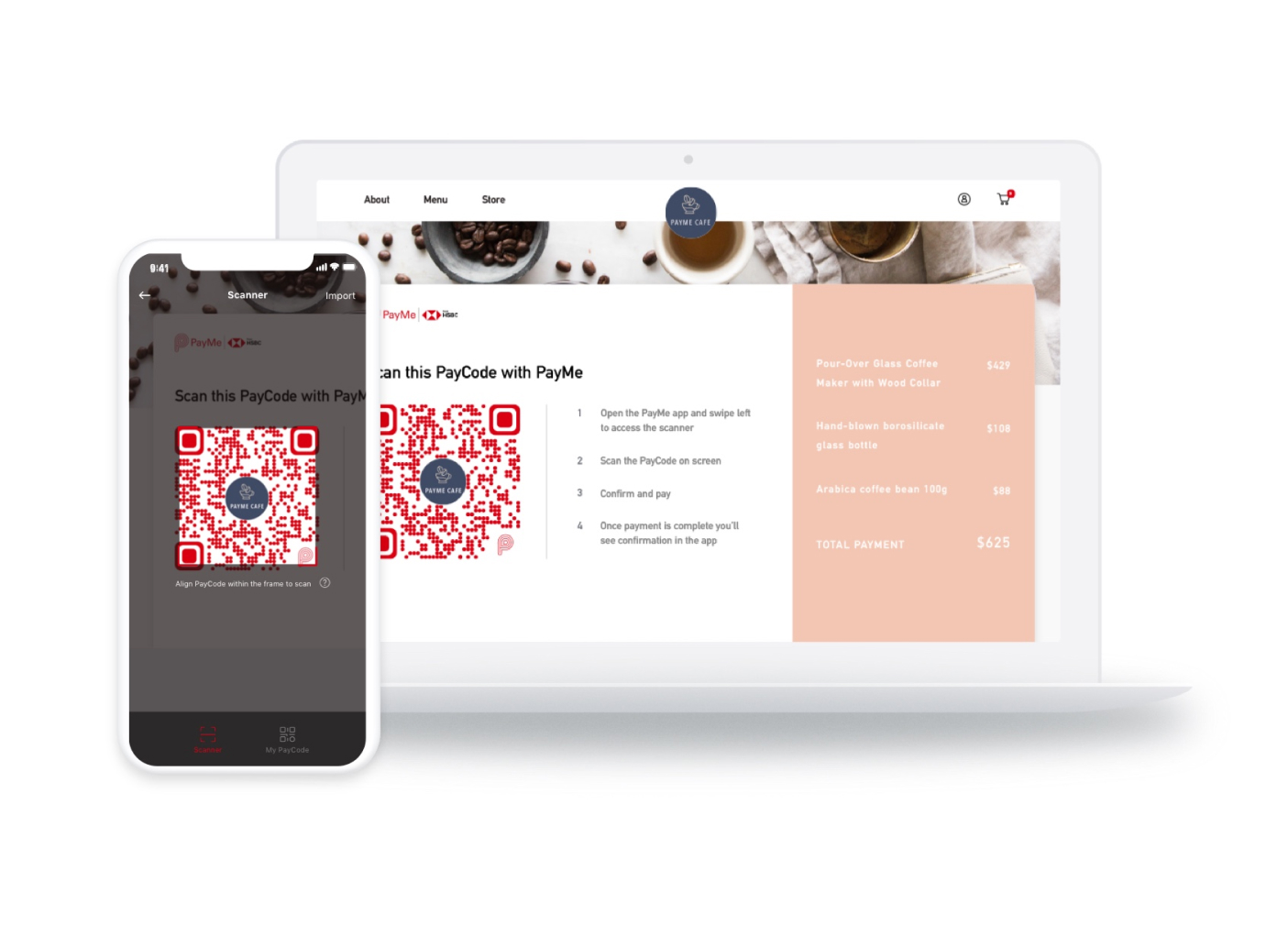Players, goals and rules
With both design practitioners and non-designers attending the conference, the room had varying levels of understanding for design.
For beginners, there's no use throwing them double-diamond diagrams and theories without practical applications. For designers, I wanted them to have fun instead of sit through another 'Intro to Design Thinking'.
I designed for gamification before but game design was slightly different. The one thing they do have in common, however, is game elements.
Players, goals and rules.
Players are easy - the workshop attendees.
The goal is to help them understand the value and applications of the design process. The outcome of each stage is to learn a new tool and for players to produce their own design artefacts.
The rules are bounded by the design process. The cards are laid out in 4 separate decks by color. At different stages of the design process, the players will draw the relevant cards, which I call prompts.
Prompts are not designed to be constraints, but rather a way to help narrow the scope and focus on the challenge at hand. The last 3 prompts are optional, so to avoid stressing workshop attendees out if they had other ideas in mind.

How the card games were used as prompts throughout the workshop to teach the design process






